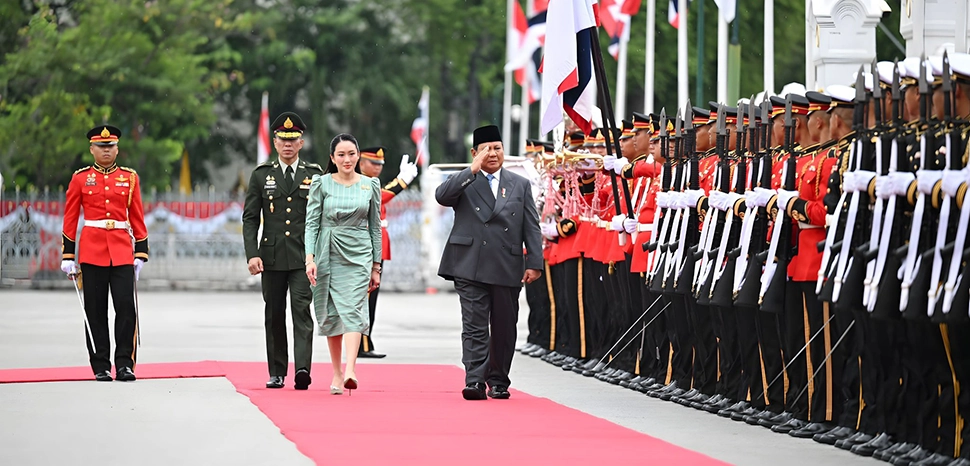Cambodia and Thailand are Buddhist-majority neighboring kingdoms that share rich histories and cultures. The Franco-Siamese treaties of 1904 and 1907 initially established their land boundaries, which span over 817 km. Although they share similarities, bilateral tensions have frequently emerged, notably in relation to claims to cultural heritage and religious sites. Disputes regarding border demarcation and territory have been among the most sensitive issues, frequently inciting ultranationalist sentiments. Thailand maintains 17 official border crossings with Cambodia, which encompass seven provinces along their shared frontier. Tensions have been rising between the Thai and Cambodian militaries over the past few months, which risks a kinetic confrontation over the Ta Moan Thom Temple, which both sides claim. Any increase in tensions could potentially impact the intra-ASEAN solidarity as well, which is already facing challenges stemming from the Myanmar civil war.
In February, a brief altercation broke out between Thai forces after Cambodian personnel and their family members entered an ancient temple along the border and sang the Cambodian national anthem. This was documented on video and subsequently went viral on social media. On February 18, the Royal Thai Army sent an official complaint letter to the commander of Military Region 4 in Cambodia, describing the event as “inappropriate behavior.” In response to visits from Cambodian nationalists, Thai nationalist organizations began implementing unofficial ceremonies which included singing the Thai national anthem. Both Thai and Cambodian soldiers entered the temple, leading to standoffs. The Thai authorities directed citizens to cancel scheduled meetings at the temple to prevent any further escalation. In March, Hun Manet, the prime minister of Cambodia, declared that Cambodia would initiate military measures if Thai troops entered the region again. Consequently, during the General Border Committee’s (GBC) meeting in Bangkok on May 1, officials authorized the stationing of five soldiers from Thailand and five from Cambodia at the temple.
In response to the skirmish, Hun Sen, the Senate President, who remains the country’s effective leader, indicated that he supports the “decision to send troops and heavy weapons to the border to prepare for a counterattack in the event of a further invasion.” The National Security Council of Thailand convened an urgent meeting on June 6 to evaluate the potential consequences of Cambodia’s decision to impose a prohibition on Thai films and television shows, as well as a boycott of Thailand’s internet and electricity services.
Cambodian Prime Minister Hun Manet subsequently escalated measures in response to calls from Thai nationalists to cut electricity and internet connectivity to Cambodia, proclaiming on social media that the country would move toward self-reliance. On June 1, Hun Manet declared on social media that Cambodia would submit the border dispute surrounding the Ta Moan Thom, Ta Moan Toch, and Ta Kra Bei temples to the International Court of Justice (ICJ) in the Hague, where they had secured a favorable decision in the Preah Vihear case.


Hi, this is a comment.
To get started with moderating, editing, and deleting comments, please visit the Comments screen in the dashboard.
Commenter avatars come from Gravatar.